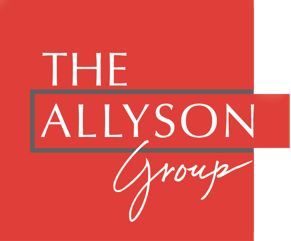Too often, messaging is treated as the final step in a process—something that happens after the strategy is set, the programs are built, and the work is already underway. A few wordsmiths are brought in to polish a paragraph or tweak a headline before launch.
But that approach misses the point.
Messaging isn’t a cosmetic layer. It’s a structural tool.
When developed intentionally, messaging clarifies purpose, aligns teams, and shapes how audiences understand your value. It’s not just about what you say—it’s how you advance your mission.
What Strategic Messaging Actually Does
For impact-driven organizations, messaging has to do more than sound good. It has to:
- Define your frame of reference. Why does your work matter, and to whom? Messaging helps you make that instantly legible.
- Drive internal alignment. When teams—from development to programs to comms—can all speak to the same intention, they move faster and more effectively.
- Set priorities. Good messaging is a filter. It helps you decide what to say yes to, what to say no to, and what to say next.
- Build trust. Consistent, authentic language across platforms reassures your audience: you know who you are, and you’re not trying to be everything to everyone.
Words as Strategic Infrastructure
When you treat messaging as a core component of your strategy—not an afterthought—it becomes:
- The foundation of your content calendar
- A reference point for new hires and collaborators
- A guidepost for media outreach and thought leadership
- A tool to center community voice without diluting brand clarity
In other words, messaging is the connective tissue between your mission and the results you’re trying to achieve.
Ask Yourself:
- Does our messaging make our impact clear in a single sentence?
- Could every team member explain the “why” behind our work in their own words—but still sound aligned?
- Are we using language to clarify and connect—or just to fill space?
TBH, this is an issue nearly all companies struggle with from time to time. Getting absolute clarity in the marketplace is the Holy Grail, and it’s what we’re ultimately all trying to achieve.
Strategic messaging isn’t just about communications. It’s about coherence.
It’s about building the kind of clarity that fuels trust, action, and long-term engagement.
Because the right words don’t just describe what you do.
They drive what happens next.














